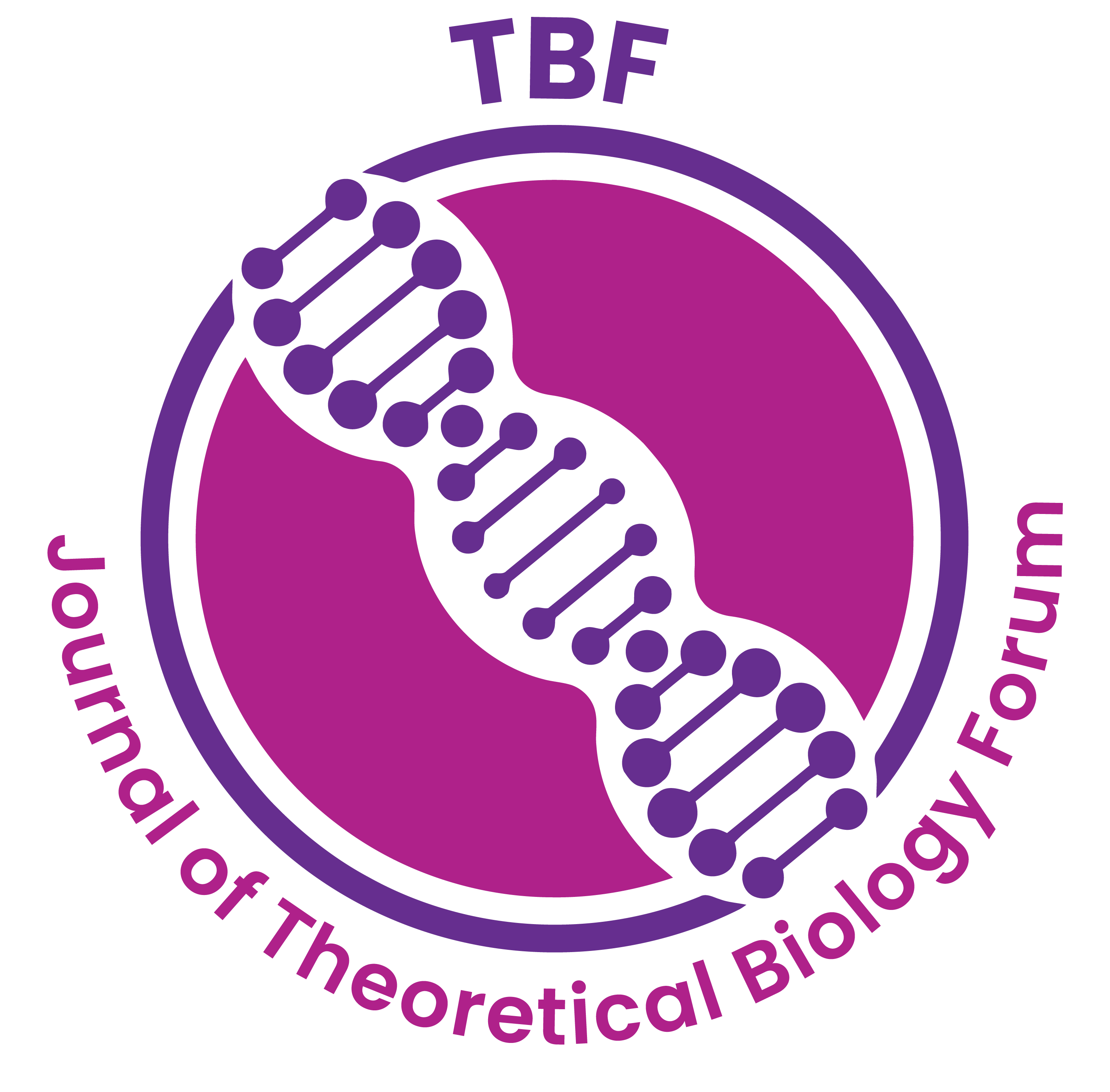Studies on Combining Ability in Newly Developed Inbred Lines of Maize (Zeamays L.) for Yield and Quantitative Traits
Varshitha K1 , Usharani G2* , Sravani D3 , Prasanna K L4
Abstract:
The present investigation entitled “Studies on combining ability in newly developed inbred lines of maize (Zea mays L.)for yield and quantitative traits” was conducted at Agricultural Research Station, Karimnagar to study heterosis in grain yield and yield contributing characters. The experimental material comprised of the crossing of 10 parental lines in half diallel mating design and 45 single cross hybrids were generated in Kharif, 2021. The hybrids along with parents and six standard checks were evaluated in Randomized Block Design with two replications in Rabi 2021-22 for twelve agro-morphological traits. Significant general and specific combining ability variances were observed for some of the characters. Parents, KML 140 and KML 132 were found to be good general combiner parents for days to 50% tasseling and days to 50% silking with the highest negative and significant gca effects. Parents KML 126 and KML 107 exhibited the highest positive and significant gca effects for grain yield and were good general combiners. Crosses, KML 110 × KML 132, and KML 111 × KML 132 were good specific combiners for days to tasseling and days to silking with negative and significant sca effects. Good specific combiners for grain yield were KML 107 × KML 128 followed by KML 132 × KML 120. These crosses could be selected and used in breeding programs for improving these traits Finally, based on per se performance and standard heterosis KML 107 × KML 128 was a promising hybrid.

